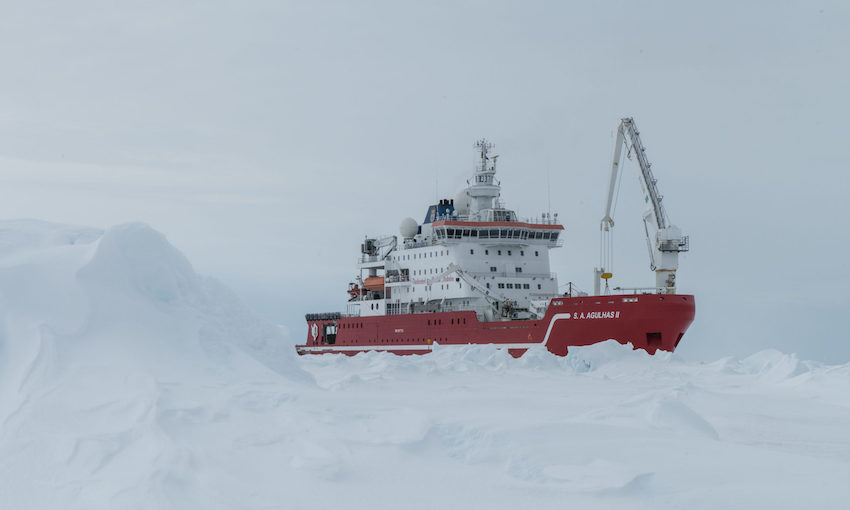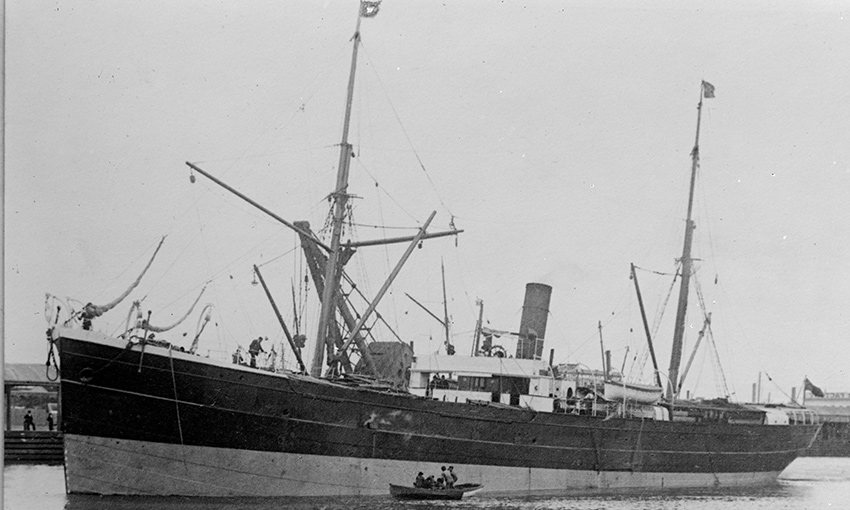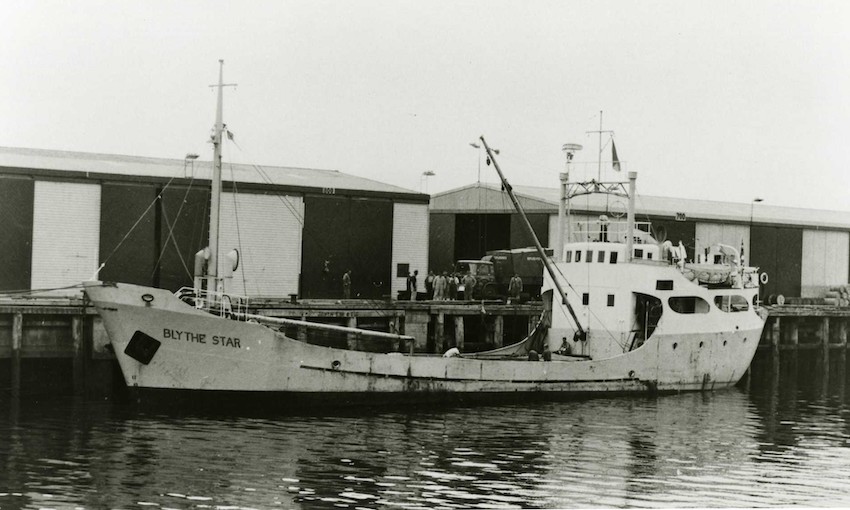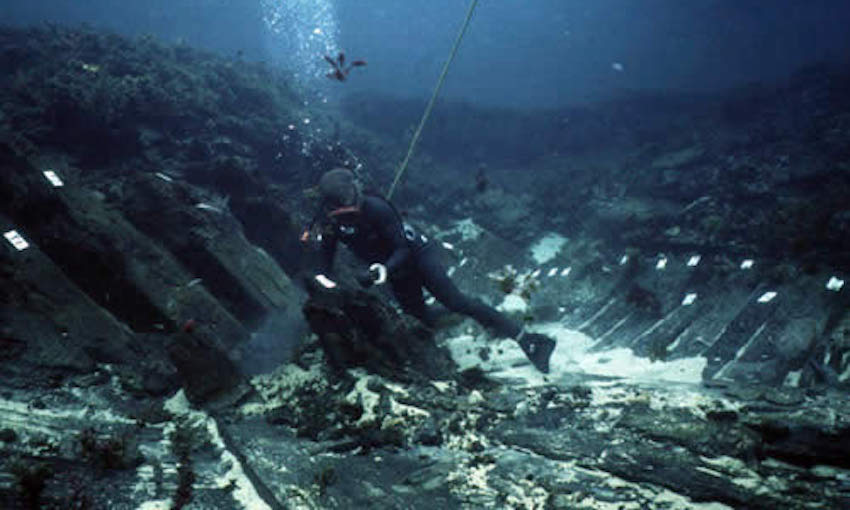EXPEDITIONERS have discovered the wreck of Ernest Shackleton’s ship Endurance more than a century after it sunk off the coast of Antarctica.
Endurance sank in 1915 after becoming trapped in pack ice with 28 men onboard, including Antarctic explorer Ernest Shackleton, who orchestrated the rescue of the entire crew.
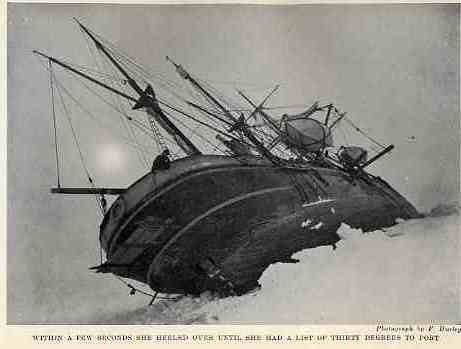
Now more than three kilometres below the surface of the Weddell Sea, the wreck is upright, intact, and in a “brilliant state of preservation” according to maritime archaeologists.
It was found by the team of the Endurance22 expedition, which departed Cape Town last month onboard SA Agulhas II, a South African icebreaker.
The expedition was funded by the Falklands Maritime Heritage Trust with the goal of surveying the wreck and conducting important scientific research.
“This success has been the result of impressive co-operation among many people, both on board the remarkable SA Agulhas II with its outstanding master and crew; a skilled and committed expedition team; and many on whose support we have depended in the UK, South Africa, Germany, France, the United States and elsewhere,” FMHT chairman Donald Lamont said.
Mensun Bound, director of exploration on the expedition, said the team was overwhelmed by its good fortune.
“This is by far the finest wooden shipwreck I have ever seen,” he said.
“You can even see Endurance arced across the stern, directly below the taffrail. This is a milestone in polar history.”
Mr Bound paid tribute to Captain Frank Worsley, captain of the Endurance, whose navigational skills and detailed records helped the team locate the wreck.
Expedition leader Dr John Shears described the expedition as the “world’s most challenging shipwreck search”.
“In addition, we have undertaken important scientific research in a part of the world that directly affects the global climate and environment,” he said.
Climate change-related research carried out during the expedition focused on ice drifts, weather conditions of the Weddell Sea, ice thickness, and mapping the ice.
Combined, the studies intend to foster an understanding of the remote region and how it influences the changing climate.
Mr Bound said he hopes the discovery will engage younger generations and inspire them with the courage and pioneering spirit of those who voyaged to Antarctica onboard the Endurance.
“We are bringing the story of Shackleton and Endurance to new audiences, and to the next generation, who will be entrusted with the essential safeguarding of our polar regions and our planet.”

